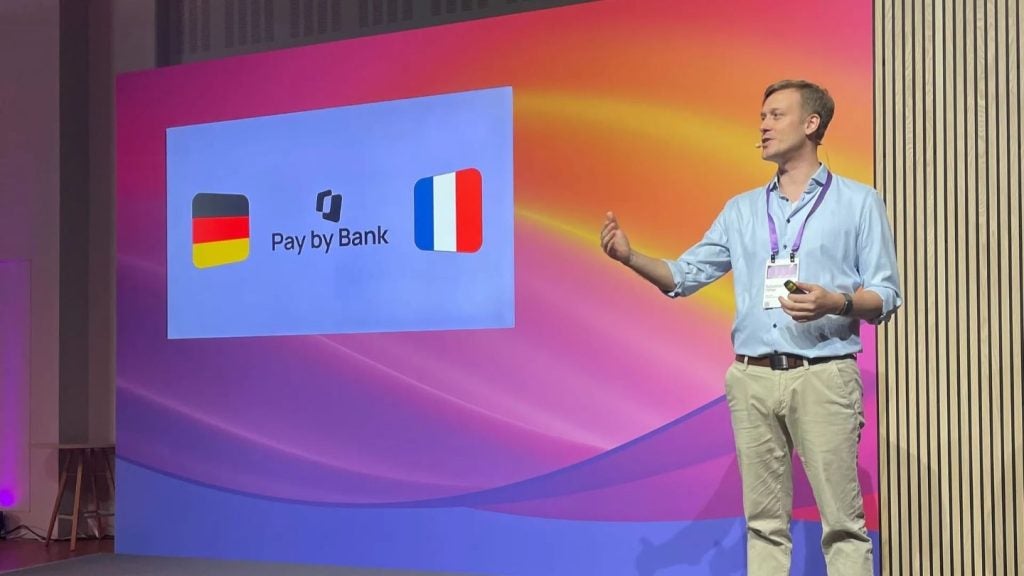So-called ‘super banks’ created by mergers and acquisitions in the
wake of the financial crisis face major challenges, particularly in
relation to payments. Logica director Tim Brew
discusses some of the complex core processing issues posed to these
institutions and the opportunities that can be drawn from
them.
Recent acquisitions of HBOS by Lloyds TSB, Bear Stearns by JPMorgan
Chase, and Merrill Lynch by Bank of America to name a few, appear
to have made good business sense in current economic
conditions.
Under normal circumstances, mergers on such a scale may have been
prevented by competitions and monopolies authorities. But the
credit crunch has brought with it a new set of ground rules based
around the concept of survival and a need to react quickly to
rapidly changing market fundamentals.
Bringing two organisations together is never easy, but when it
involves giants such as these, ‘difficult’ is by no means a
descriptor. Now, as transition periods begin and the operational
gantlet is thrown down, tough decisions have to be made – even at
these early post-merger planning stages.
Those tasked with responsibility for integration projects will no
doubt be conscious of cost above all else, as they aim to appease
the regulators, the shareholders and – for some – even the
government. Unfortunately, cost-cutting initiatives are often at
the expense of innovation. With this in mind, many banks will be
looking to take what initially appears to be the logical option –
consolidating on to the stronger of the two or more existing
platforms.

US Tariffs are shifting - will you react or anticipate?
Don’t let policy changes catch you off guard. Stay proactive with real-time data and expert analysis.
By GlobalDataNew technology beckons
While understandable, this approach can lack foresight and, for
many, is fraught with consequences. Instead of attempting to make
an old or even legacy system suffice, newly merged banks have a
strong opportunity to take advantage of new technology and pioneer
a scalable, central approach to payments.
Currently, payments operations in most banks are made up of a
myriad of systems, a large proportion of which are coming to the
end of their natural lives and struggle to meet today’s demands. In
many cases the payments infrastructure has not even been fully
merged from previous acquisitions.
The result is cumbersome code that does not span across regions and
simply can not keep up with rising payments volumes or increasing
complexities. Inefficiencies are further escalated by their
disparity and lack of transparency, which means they are expensive
to maintain and slow to adapt to change.
Compliance causes further headaches. Legacy systems were not
designed to support today’s payments landscape. Schemes such as
SEPA, and regulations like the Payments Services Directive (PSD) in
Europe or the new NACHA international ACH transaction requirements
in the US, have an increasing impact on these systems.
But it is not just payments regulatory compliance that old
platforms can hinder. Under the Basel II Accord, if banks are not
in a position to fully supervise their systems, regulators can
force them to disclose potential losses and reserve the appropriate
amount of working capital – negatively impacting trading.
Putting reputation at risk
Just as damaging as operational risk is reputational risk. If weak
payments infrastructure prevents a bank from meeting obligations,
its reputation, and subsequently its future business, is on the
line. With trust in the financial system at an all-time low, this
is a risk banks cannot afford to take. It is surprising, then, that
newly merged banks decide to increase this risk by pushing an old
payments operation to take on double the responsibility.
Post-merger integration is an ideal time for banks to take a long,
hard look at their existing payments environment and review what
they need from their infrastructure – both in the short- and
long-term. Moreover, it is at this point when banks should be
planning how they can not only best meet the needs of the
shareholders, but also how they can maintain customers of the
combined entities and attract new ones.
Initiating such an approach to payments can only be fully achieved
through a modern architecture and open technology with the
capability to span regions, currencies and languages. With this
comes the scalability to process higher volumes of payments quickly
and accurately, increasing straight-through-processing rates and
significantly driving down operational costs.
Equally advantageous is the flexibility to support current and
imminent payments regulations. This is vital given the vast
operational requirements of SEPA and the impending PSD, which comes
into effect in the European Union in November.
Furthermore, a viable solution will reduce money laundering risks
through tracking fraudulent payments, even where the volumes and
types of transactions needing to be scanned are significantly
increasing. This will substantially aid compliance with filtering
sanctions, such as those posed by the US Office of Foreign Assets
Control and the numerous regional and domestic watch lists in use
around the world.
Technology brings opportunity
Despite being mammoth organisations, technology can enable these
merged banks to achieve real agility. Indeed, it can allow them to
bring new payments products and services to market more quickly
than ever before, as well as adhere to changes in market
infrastructure, such as SWIFT messages or alterations in clearing
and settlement mechanisms. Moreover, the right technology can
ensure full transparency over operations, including the tracking of
payments at every stage in their lifecycle.
These business advantages cannot be achieved with legacy platforms
or by bolting different systems together. Post-merger progress
relies on an overarching payments framework, which places retail,
corporate and institutional customer services at the
forefront.
With strong competition fast-emerging from non-banks offering
financial services, a sound payments strategy becomes even more
essential for successful growth.
Furthermore, with potential for further consolidation over the next
few years, acquiring banks must ensure they have the scale to take
on volumes of their purchased banks and achieve timely integration,
if they are to deliver value for their shareholders.
Payments is one of the core processing environments in financial
institutions, yet it has become the most complex and costly. Rather
than add to these gross inefficiencies by overloading an
already-struggling system, post-merger is the right time to get it
right.
Tim Brew is director of global financial products at Logica







